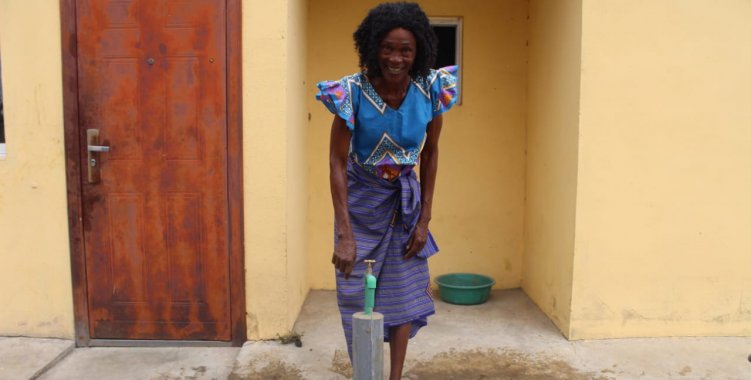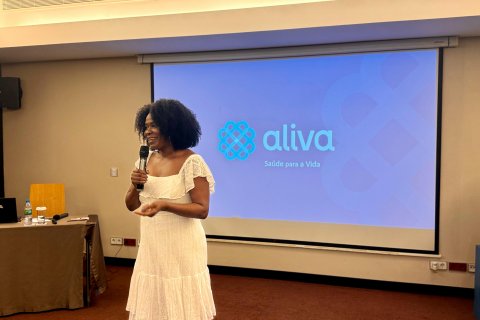According to the person in charge, cited by Angop, although there is a deficit in terms of water supply, justified by the continuous growth of the population, work has been done to ensure that the citizens of Luanda have access to water.
Adão da Silva – who was speaking at the fourth technical conferences on sustainable management of water supply systems, which took place on Wednesday – made it known that the current capacity to supply this liquid to the capital is around 750 thousand meters cubic, whose population is estimated at more than 10 million people.
In turn, Narciso Ambrósio, general director of the National Institute of Water Resources, mentioned that, during this rainy period, the quality of the water has registered some changes, leading the collection centers to increase the quantity of products used to treat the water.
Budgeted at 1.7 billion dollars, the Brita project, which is expected to be implemented in three years, is expected to benefit more than three million inhabitants, through 170 thousand new household connections, in Belas, in the districts of Quenguenda, Vila Verde, Cabolombo, Ramiros and Morro dos Veados, as well as strengthening the Benfica and Camama areas. While, according to Angop, the Quilonga infrastructure, valued at 1.3 billion dollars, will cover five million inhabitants.
Still within the investments in water, the Executive plans, within the next five years, to advance with an investment of 2.5 billion dollars, so that the citizens of Luanda have water regularly.
Under the theme "Water Quality Control, what future?", the conferences were attended by EPAL specialists who work in water distribution centers.







